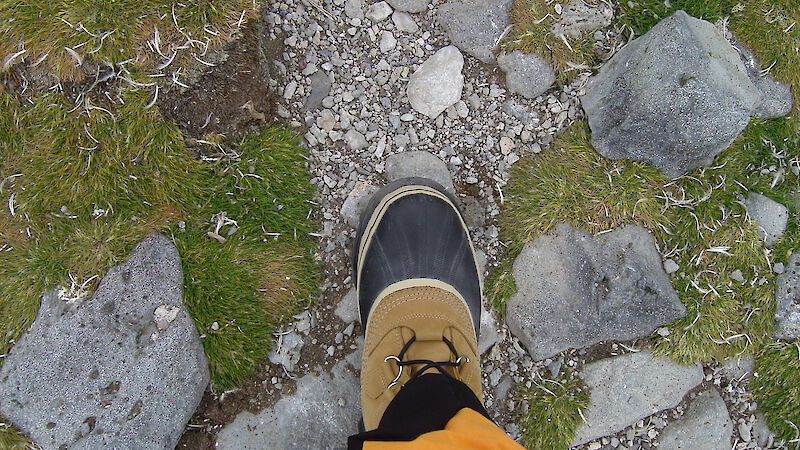Some biological communities and geological formations are especially fragile, even when concealed by snow — be alert and avoid such features when travelling to and between field locations.
Vehicle and helicopter usage should be restricted to essential tasks to minimise: atmospheric emissions; track formation, physical disturbance of the land surface or biological communities; wildlife disturbance; and the potential for fuel spills. When vehicle use is essential, access should be restricted to areas with permanent ice/snow cover (> 30 cm to provide adequate protection of underlying features) and designated ice-free routes.
Fuel spills are difficult to clean up, and take many years to dissipate. Vehicles and other equipment should be fully fuelled on station before departure, to reduce the need for refuelling in the field. Avoid refuelling or changing oil in windy conditions or in areas that might direct accidental spillage into lakes, vegetation or other sensitive areas. Always use fuel cans with nozzles/funnels and an absorbent spill pad/drip tray.
When travelling on foot, use established tracks and designated crossing points wherever possible. Where such tracks do not exist, take the most direct route that avoids vegetated areas and delicate geological formations such as screes, sediments, streambeds and lake margins; these features have taken many thousands of years to form and may also be of major scientific importance.
Do not feed the wildlife. When around wildlife be quiet, move slowly, stay low to the ground and adhere to the minimum approach distances (see table following), unless authorised in a permit.

